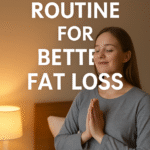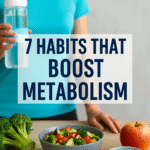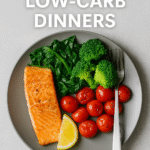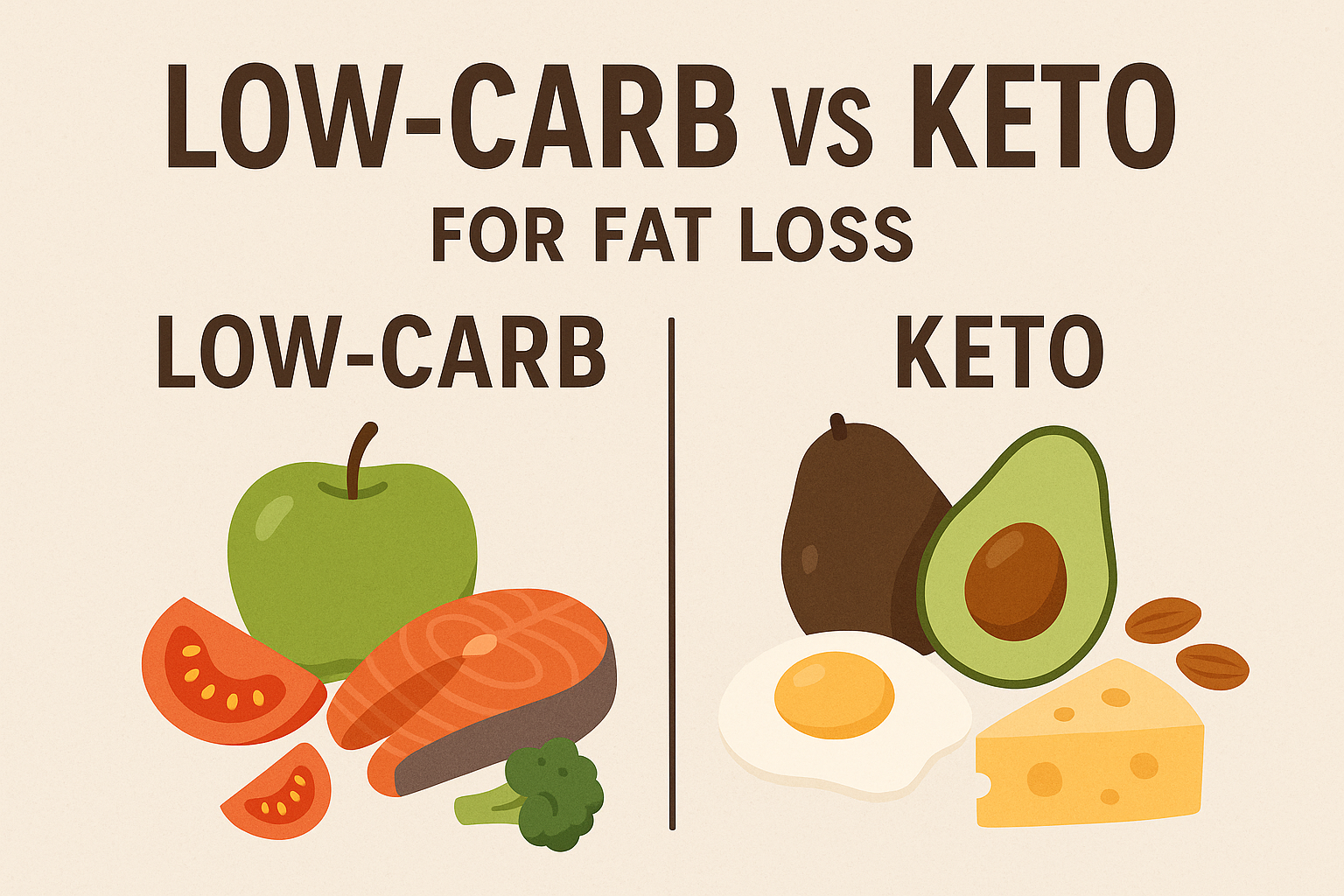🌪️ Introduction: What Is Stress Eating?
Have you ever found yourself reaching for a tub of ice cream after a long, exhausting day? Or mindlessly munching on chips while feeling overwhelmed? That’s not just a craving—it’s stress eating.
Stress eating, also known as emotional eating, happens when you use food to cope with emotions instead of hunger. It’s common, especially among busy adults, working moms, or anyone facing anxiety, deadlines, or burnout.
The good news? You’re not alone—and you can recover. This guide offers practical, realistic, and judgment-free tips to help you take control of stress eating and start building a healthier relationship with food.

💡 Why Do We Stress Eat?
Stress triggers your body to release cortisol, a hormone that increases appetite—especially for sugary, fatty, or salty foods. It’s your body’s way of coping with tension. While this might bring temporary comfort, it can lead to long-term problems like:
-
Weight gain
-
Blood sugar imbalance
-
Guilt and shame
-
Low energy or fatigue
Emotional eating doesn’t mean you’re weak—it means you’re human. Now let’s work on solutions.
🧩 Step 1: Identify Your Triggers
Before you fix stress eating, you need to understand what’s causing it.
Common triggers include:
-
Work pressure or deadlines
-
Family or relationship conflict
-
Lack of sleep
-
Financial stress
-
Hormonal changes (especially for women over 40)
-
Loneliness or boredom
What to do:
-
Keep a food + mood journal
-
Note when you eat, what you eat, and how you feel
-
Look for patterns over 1 week
Once you know the trigger, you can manage the root—not just the result.
🧘 Step 2: Practice Mindful Eating
Mindful eating means paying attention to your food and emotions, rather than eating on autopilot.
Try this:
-
Take 3 deep breaths before eating
-
Eat without distractions (no TV or phone)
-
Chew slowly and savor each bite
-
Check in with your hunger on a scale from 1 to 10
Ask yourself:
“Am I physically hungry, or emotionally triggered?”
Even pausing for 30 seconds can help interrupt the stress-eating loop.
🍎 Step 3: Create a “Safe Snack List”
Instead of fighting cravings, plan for them. Have healthy comfort snacks available that don’t derail your goals.
Examples:
-
Dark chocolate square + almonds
-
Greek yogurt + berries
-
Air-popped popcorn with sea salt
-
Sliced apples + peanut butter
-
Protein smoothie
You’re not “bad” for wanting to eat under stress—you just need a smarter backup plan.
💧 Step 4: Hydrate First, Snack Second
Dehydration often mimics hunger. Before diving into snacks, drink a glass of water and wait 10 minutes.
Bonus: Staying hydrated helps control cortisol levels and reduces fatigue-driven eating.
Pro tip: Add lemon, mint, or cucumber to make water more enjoyable.
🚶♀️ Step 5: Move to Reset Your Mood
You don’t have to hit the gym. A simple 5–10 minute walk, stretching session, or even dancing to music can interrupt stress and reduce cravings.
Movement boosts dopamine and serotonin—natural feel-good hormones—that reduce the emotional need for food.
Try:
-
5-minute brisk walk around your house
-
Yoga poses like Child’s Pose or Forward Fold
-
Dance break to your favorite 90s jam 🎶
💤 Step 6: Improve Sleep & Stress Recovery
Poor sleep increases cortisol and ghrelin (the hunger hormone), making you crave junk food more the next day.
Tips for better sleep:
-
Go to bed and wake up at the same time daily
-
Avoid screens 1 hour before bed
-
Drink calming tea (like chamomile or lavender)
-
Keep your room cool and dark
Sleep isn’t just rest—it’s recovery from cravings.
🧠 Step 7: Reframe Guilt After Eating
So you overate after a stressful day. You’re not broken. You’re not lazy. You’re just human.
Instead of:
“I messed up. I have no willpower.”
Say:
“I noticed my stress eating pattern. I can learn from it.”
This shift helps break the guilt → stress → eating cycle.
One moment doesn’t define your journey. Compassion is part of recovery.
🧺 Step 8: Replace the Coping Tool
If food is your only coping tool, your brain will always go there. Replace it with 2–3 non-food strategies:
Try:
-
Journaling or brain-dumping stress
-
Calling a friend
-
Taking a bath
-
Listening to relaxing music
-
Doing a 5-minute guided meditation
Make a list of your favorite tools and keep it somewhere visible (like on your fridge).
📅 Step 9: Build a Weekly Recovery Routine
Consistency matters more than perfection. Create small routines that reduce overall stress:
Day Mini Habit Monday 10-min walk + no phone during meals Tuesday Pack healthy snacks ahead Wednesday 5-min stretch before bedtime Thursday Water reminder every 2 hours Friday Write 3 wins in a journal Saturday No tech after 9 PM Sunday Plan meals and self-care The more balance you create, the less your body needs emergency snacks to cope.
📣 Final Thoughts: You’re In Control
Stress eating doesn’t mean you’re failing—it means your body is asking for care. Instead of punishment, offer it support.
You can break the cycle. You can lose weight. You can feel in control again.
Start small:
-
Identify one trigger
-
Pick one coping tool
-
Replace one snack
Small changes lead to big wins. The goal isn’t to be perfect—it’s to be aware, intentional, and kind to yourself.
-









